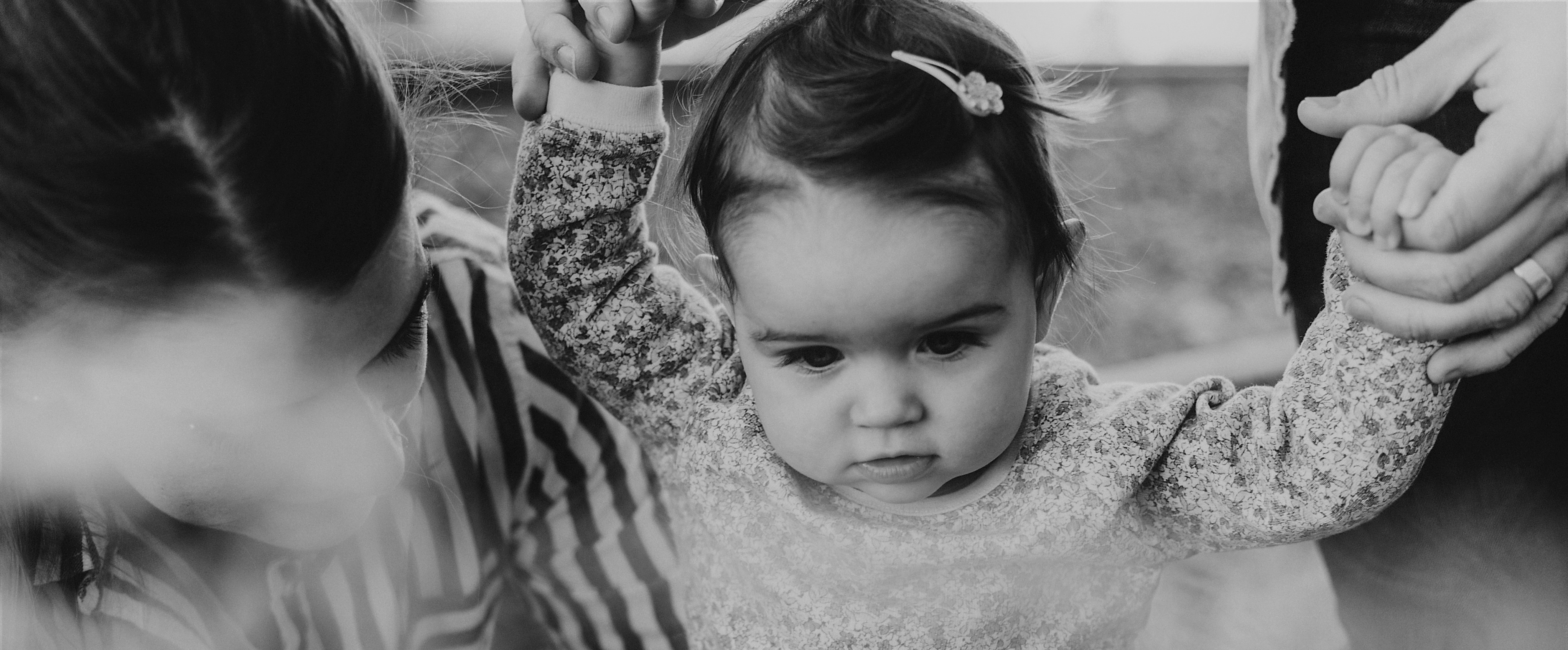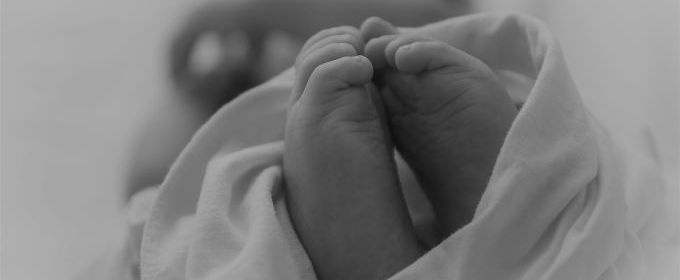Children, like all of us, encounter loss in their lives, temporary and permanent. They may lose a treasured possession, a loved one who dies, a parent who leaves or is imprisoned, a friend who moves away, or a valued teacher in the transition between year groups or schools. Some are unlucky enough to lose their health or abilities they once took for granted. Others lose their home or their country and there are those who lose their innocence through exploitation and with it perhaps their sense of self and any respect and trust they had for the world.
With loss comes associated feelings, held in the conscious or unconscious mind or both. Support in processing losses may or may not be available and the degree to which children show lasting difficulties will vary accordingly. Stories are just one tool which can help children connect with and work through internal emotional conflicts associated with experience of loss.
Like art, stories help us to take new perspectives and understand ourselves, others and the world differently. They can offer comfort or challenge, enliven or unsettle us. By engaging the imagination, not only can stories transport us to another time and place but they can also open up a rich emotional landscape which might otherwise be off limits to the defended conscious mind.
Most children speak and understand the language of play and they live stories, in their everyday playful interactions with food, sounds, textures, objects, animals and people. And, of course most are introduced to and love books, from a young age. Well-told children’s stories tap into a child’s thirst for make-believe, for adventure and for powerful emotive themes such as love and hate, despair and hope, failure and redemption.
For this blog, I have selected 6 story picture books which I will briefly summarise:
Amos And Boris by William Steig (1971)
This beautifully written tale of enduring friendship focuses on the unlikely alliance of a mouse (Amos) and a whale (Boris), who become acquainted when Amos falls off the boat he has made (which is sadly lost forever) and Boris rescues him. The two travel together, learn about their differences, survive a falling-out, share ideas and develop “a deep admiration for one another”, becoming “the closest possible friends”. Coming one from land, one from sea, the time comes for them to separate: “. . . we can’t be together . . . I’ll never forget you though.” Years later, Boris is beached by a hurricane and Amos, aided by elephants, is then able to save his life. The wrench of what may be
their final parting is sad and tender yet secure in the knowledge that each will continue to be remembered in the other’s heart and mind.
Badgers Parting Gifts by Susan Varley (1984)
This story opens with the inevitability of the ageing Badger’s death and his awareness of the loss his friends will feel after he’s gone. When he dies, Badger is sorely missed by all the animals but especially Mole, who feels “lost, alone and desperately unhappy.” The friends’ sadness is intensified by Badger’s absence, as it was he who had always been there for them in times of trouble. And in missing him, they start to come together and share memories. This, in turn, highlights to them the gifts which Badger has left behind, skills he taught each of them when he was alive which they can now remember him by and use to support each other. Gradually, sadness gives way to a comforting and emboldening remembrance and gratitude.
The Red Tree by Shaun Tan (2001)
This story tells of a girl who loses her sense of purpose and place in the world, and with it any sense of hope. Through unique, extraordinary, incredibly crafted images, and condensed, graphic text, we travel into the girl’s mind, inhabited by surreal, exaggerated and often frightening forms and scenes which overwhelm her. She is not seen, heard or understood and oscillates between these worlds of chaos and a relentless nothingness. A happy, colourful life is out of reach and all seems doomed and irresolvable. She has lost everything and become lost herself. And then, suddenly, life returns (thankfully!) and with it hope and joy. This speaks to the immense value there is in sitting alongside and fully taking in the realities of another person’s bleak experience. As the reader, we witness the
girl’s pain, perhaps helping her to mourn her losses and then re-discover herself.
The Day The Sea Went Out And Never Came Back by Margot Sunderland (2006)
Eric the sand dragon lives on a beach and adores the beautiful sea beyond, which in its daily rhythm comes and goes predictably, with the tides. One day the sea goes out and does not return. This is devastating for Eric who waits and longs for the sea to come back and is then overwhelmed with the pain of his loss. He becomes trapped and isolated inside himself. Eventually, attracted to the vulnerability of a dying wild flower, which he then saves, Eric is drawn back into life himself. He saves more flowers and a rock pool garden is created. Eric starts to feel safe enough to fully mourn his loss and in so doing discovers that remembering his beloved sea builds a treasure store in his mind which
he can keep forever.
The Lonely Tree by Nicholas Halliday (2006)
Set in the New Forest, this original book uses the seasons to chart the forest life-cycle through the friendship between an old, story-telling oak tree and a young, curious evergreen. As the oaks sleep for the winter, the evergreen becomes acutely lonely and, when spring finally comes, all hope is cruelly crushed when his oak-tree friend fails to wake up, his long life ended. The evergreen cannot comprehend what has happened but holds onto his cherished memories, through the sadness. Hope returns as a fallen acorn germinates and a new oak is born, destined to form a new friendship with the evergreen. Stories of the forest are retold and, as they are, the trees’ roots go “deeper and
deeper into the ground”, reminding us that with companionship we can endure and process the pain of loss and live a more enriched life.
The Heart And The Bottle by Oliver Jeffries (2010)
Beautiful illustrations alongside a concise narrative makes for great dramatic effect, telling the story of a delightfully curious and creative little girl who experiences the apparently abrupt and unexplained loss of an adored grandparent, with whom she had discovered and shared many wonders. She puts her heart into a bottle for safe keeping but as she grows up becomes limited and encumbered by its seclusion, which she finds she is unable to reverse. It is only through connecting with her own daughter’s zest for life that she allows her heart to be freed and re-discovers treasured memories of her beloved grandparent who she can now enjoy remembering. Her inner-child, in league with her actual child become the unwitting healers.
These books, like many others, model that feelings are okay, they are a normal response to loss and are to be expected. This is an important message to our children, particularly given that many of us are still filtering cultural and familial influences in our own lives which would have us discount feelings in order not to rock the boat or blow other people’s stiff-upper-lip cover. Children are expert at tuning into our sensitive pressure points and while they may push our anger buttons quite readily, they may avoid talking about sadness if they sense we may be uncomfortable and find it hard to hear and hold them. In turn, to avoid burdening others or being alone with pain, their own natural defences against connecting with sadness can become strengthened and entrenched.
A story book can serve as a helpful third party, a neutral but enriching messenger, able to venture into forbidden territory within the safety of metaphor. Connection with characters breeds understanding and empathy for one’s own pain. We can read the story exactly as it is or go off piste, filling in blanks with a child, co-creating a personalised narrative, re-writing the ending and reflecting all the while. Repetition can work wonders, enabling a child to use pictures as prompts and retell the story from memory. Each retelling can add meaning and a layer of digestion for the child, outside of his/her awareness, whether or not any overt life parallels are drawn.
All 5 of these books also convey a sense of hope, always integrated into the experience of loss. Again, this is a powerful lesson in a world which all too often splits artificially the good from the bad. We might not long for loss or wish it upon anyone else, but when it comes we, alongside our children, can do what we can to to feel it, to know it, to share it and to find new life somewhere within it.
Brighton and Hove Psychotherapy is a collective of experienced psychotherapists, psychologists and counsellors working with a range of client groups, including fellow therapists and health professionals. If you would like more information, or an informal discussion please get in touch with us. Online therapy is available.

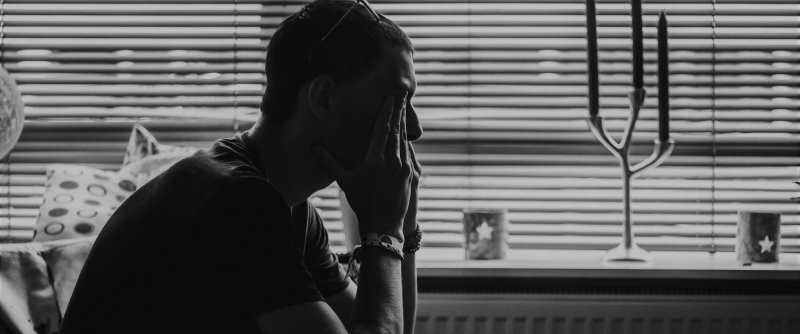
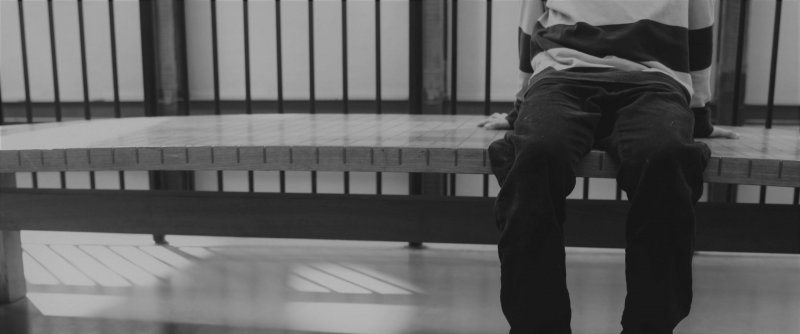

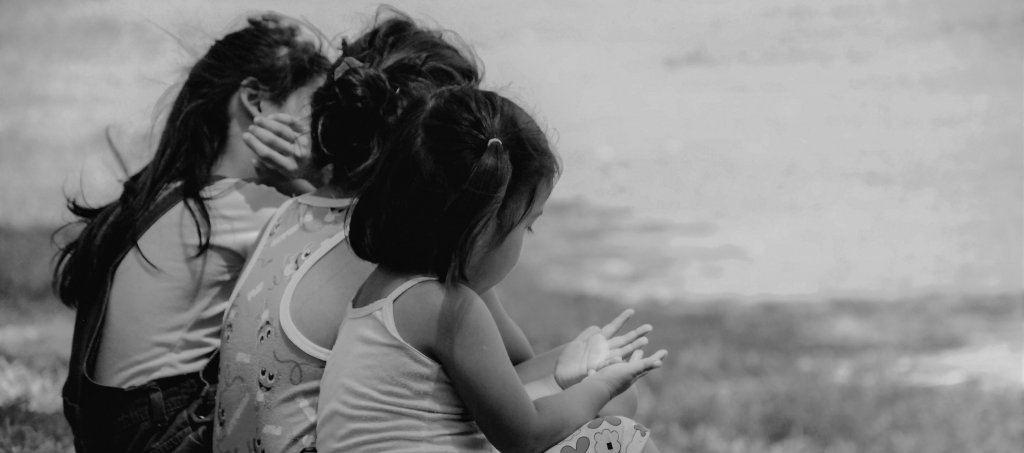
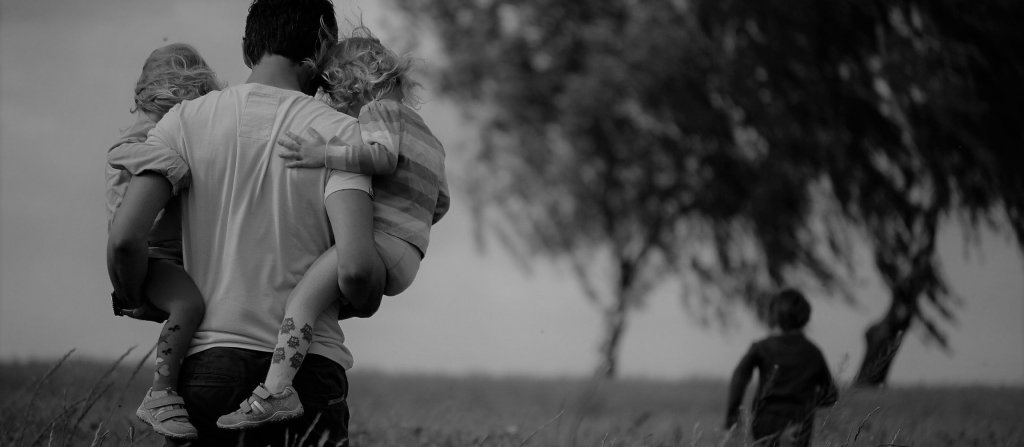
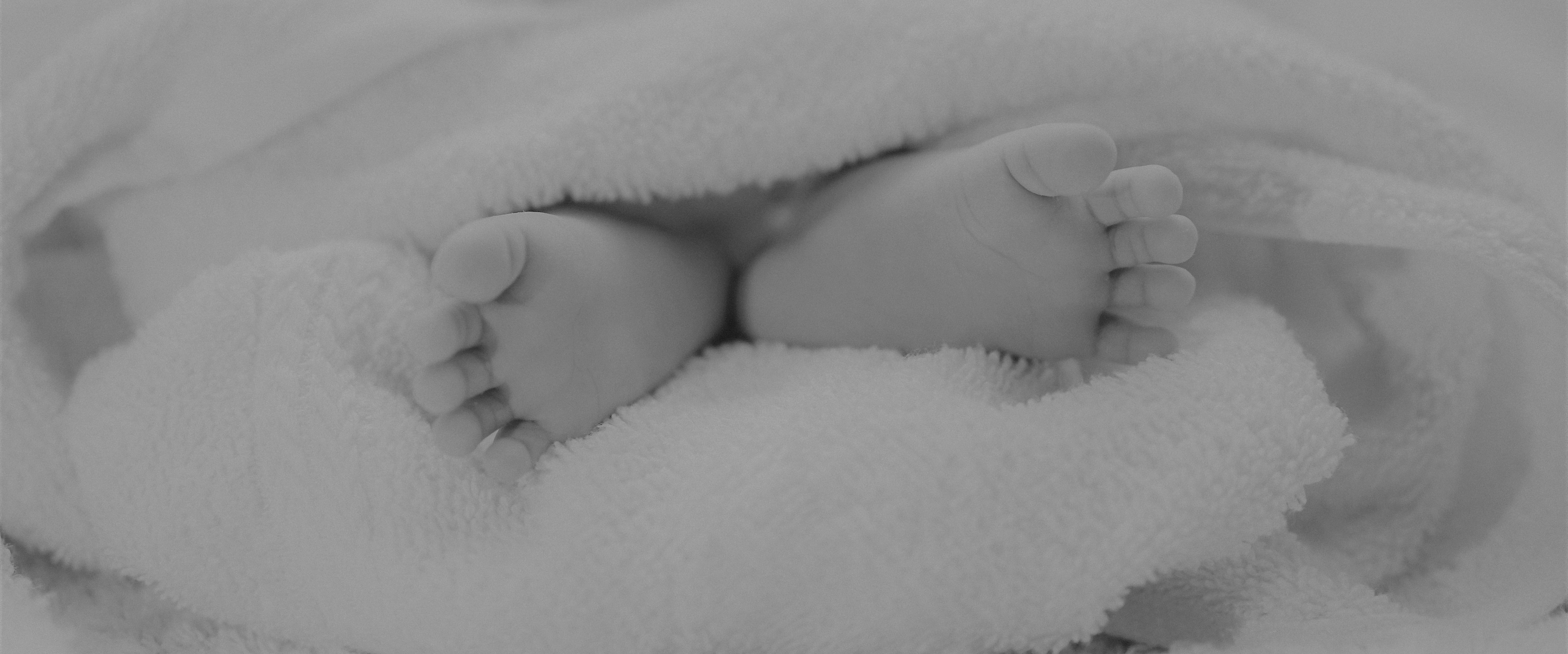
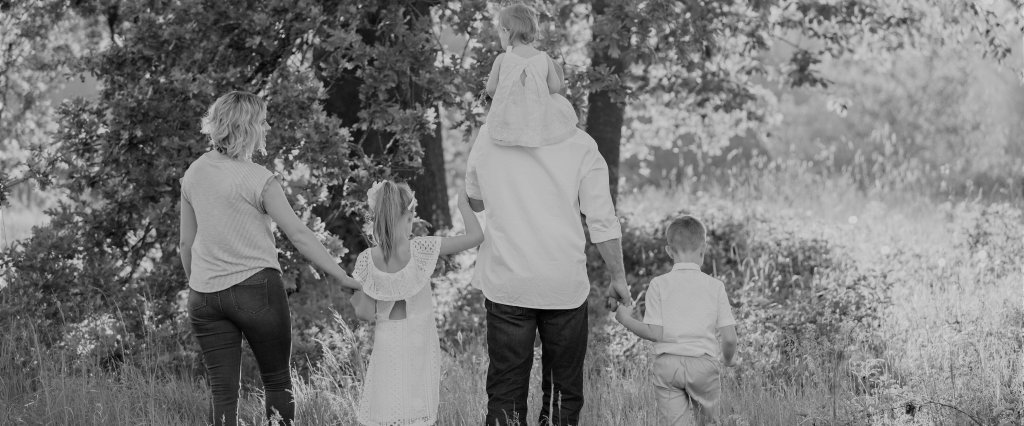

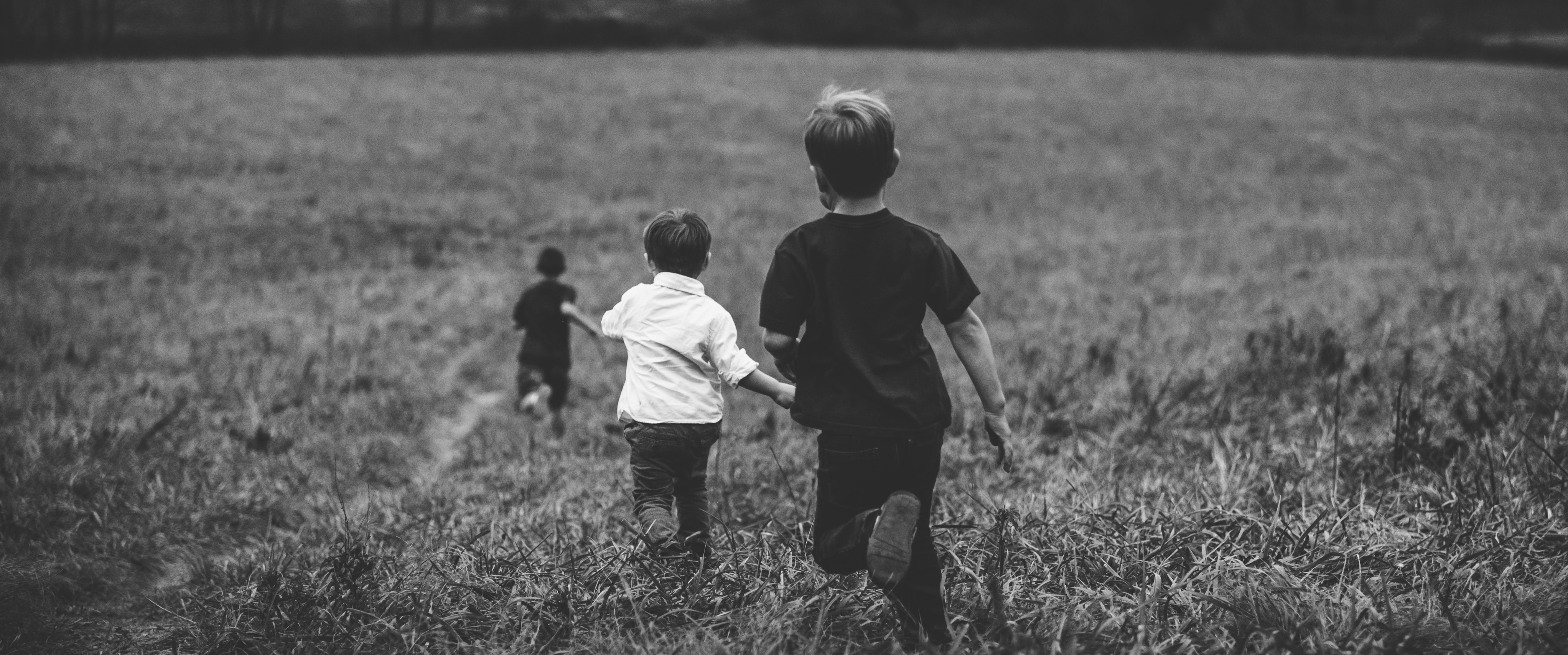 The Paradoxical Theory of Change
The Paradoxical Theory of Change